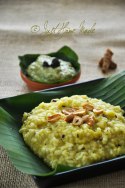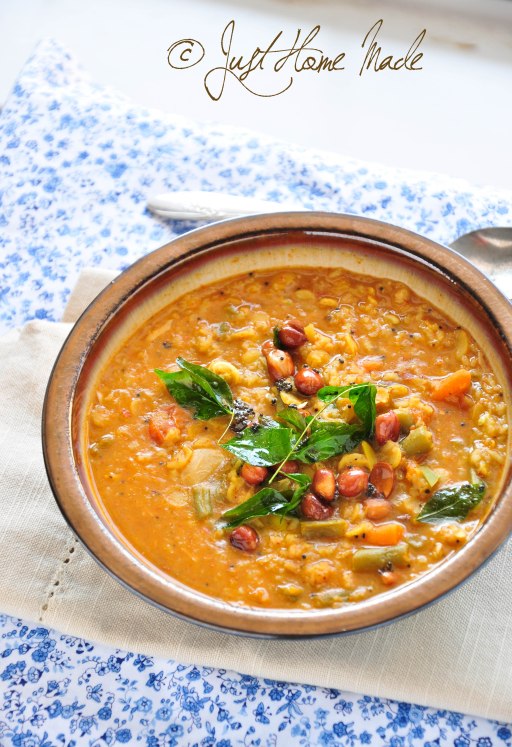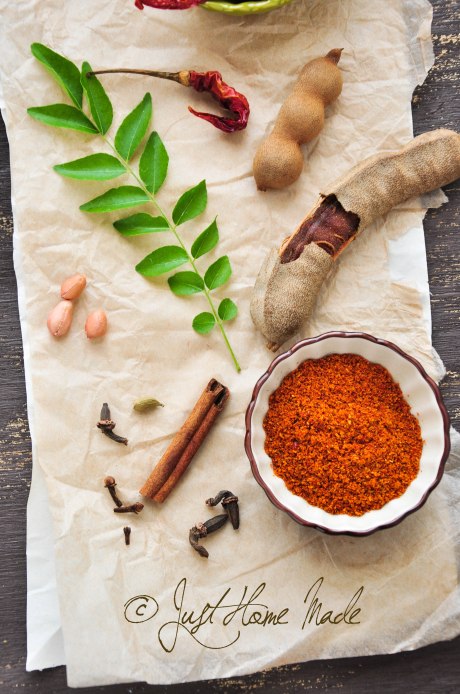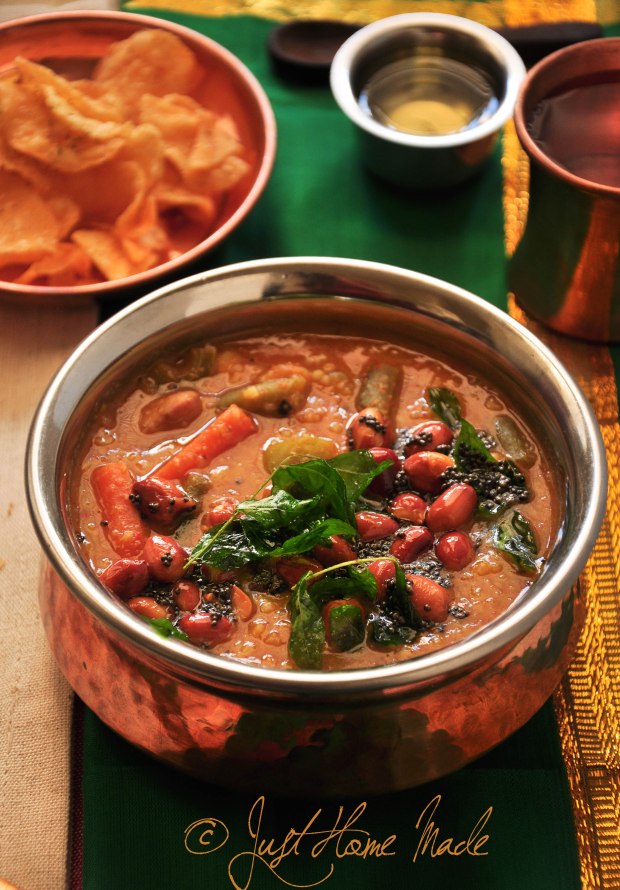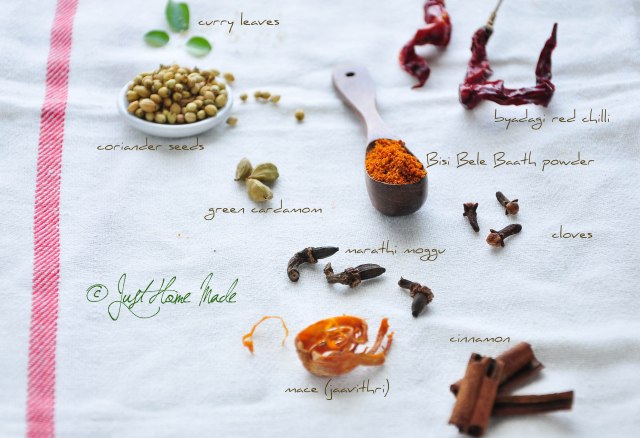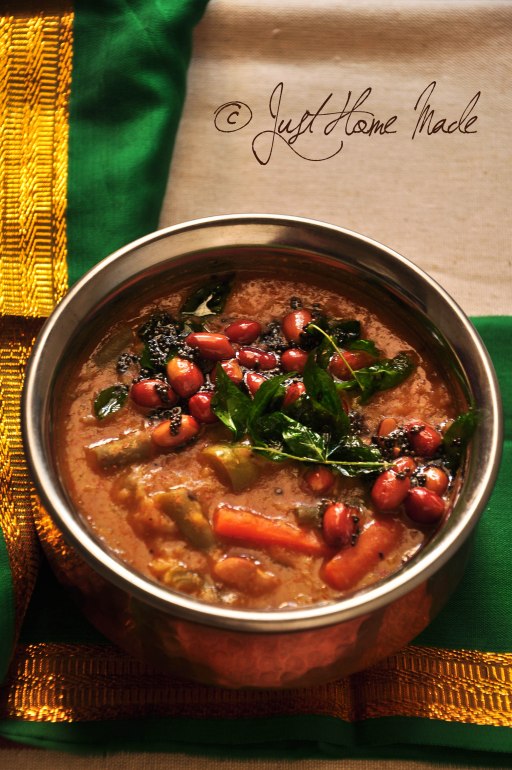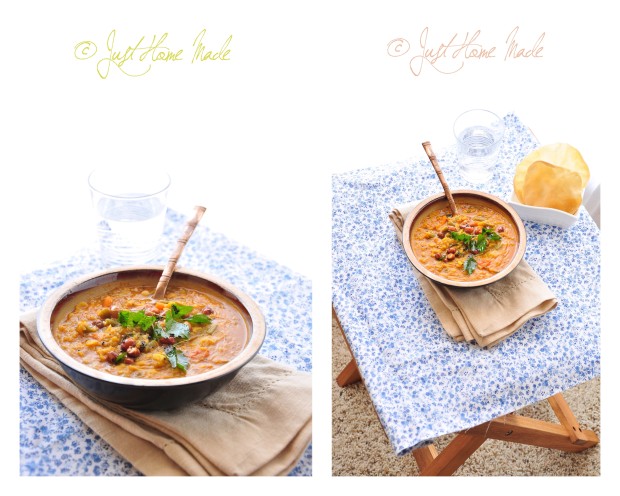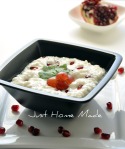Sugar mould figurines
Wow! The last time I thought it was the beginning of a new year, blink and almost a fortnight has vanished just like that. I knew the days are passing by really fast, but this year, it seems faster than I expected. Weeks are passing by like days, or is it just me?
And, Sankranthi is already here!
I had been looking forward to this day of the year to make Sakkare Acchu right from Deepavali last year. Luckily enough, I got the traditional wooden moulds well in time from India. So, for the very first time in my life, I made Sakkare Acchu. And, it feels like a humongous achievement!
The vision that I always had, of learning it from my mom, making it side by side in her kitchen and she teaching me how to stir the sugar with her arthritic hands though, did not become reality. My mom refused to teach me over the phone as she felt it was way too complicated to explain the nuances of this art form for someone who had zilch as experience. Since my requests for lessons over phone went futile, I made it all by myself on a quiet afternoon early this week after watching my friend do it in her kitchen.
Proof is right in front of you and even now I wonder, if it was beginner’s luck or did I really get it? I don’t mean to brag nor do I want to scare you, but I have seen my aunt struggle to get the right consistency, ending up with burnt brown caramel many a times. May be, mom was apprehensive that even I’d end up with a whole lot of wasted effort and burnt sugar without her hand holding. Whatever it was, I am super glad I tried.
Sakkare Acchu is a wonderful art form, very local to some parts of Karnataka, mostly in and around Bangalore, Mysore, Hassan, Mandya and few other parts. One needs a lot of patience, time and of course sugar to make it. And, these days no one likes sugar, isn’t it? There’s no wonder why it is a dying art form.
I never ate Sakkare Acchu as a kid. I would promptly refuse, I couldn’t imagine eating something so intensely sugary. After twenty years, I don’t think I have a different opinion. But, what drives me so much to learn how to make it, is the simple reason that I want to be the bridge to my next generation, for, if I know, there is a sliver of hope that my daughter has a solid chance to learn someday.
{Sugar syrup just poured into the wooden moulds}
Sankranthi (in India) marks the end of winter and the movement of the sun into the northern hemisphere known as “Uttarayana” indicating longer sunnier days. Sankranthi and Uttarayana both are sanskrit words. Unlike other Hindu festivals for which the exact date varies from year to year based on the lunar calendar, the date of Makara Sankranthi remains fairly constant between 14th and 15th of January year after year.
In most parts of India including Karnataka, it is a major harvest festival celebrated with much fervor. I find the origin of local customs and rituals depending upon the cultural, geographical, agricultural, religious and social influences, around this festival very fascinating. As Sankranthi also happens to be the day of first harvest of sugarcane in Karnataka, historically, it feels natural that this brilliant art form of making sugar mould figurines “Sakkare Acchu”, must have been born out of the need to celebrate the abundance of sugarcane and to share the recent harvest with others as decorative giveaways.
Things that I took for granted as a kid, enjoyed as part of the vivacity of the festival, has a much deeper meaning to me now.
Home made acchu is the purest way to enjoy these beauties. You never know the additives in the store-bought ones!
Tulsi katte (Tulsi pot) has got to be my all time favorites..
{The aftermath of Sakkare Acchu!}
Here’s a comparison of the outcome of experiments with varied ingredients. Hope you get some idea.
I can completely understand if this recipe gives you creeps at the very thought of trying. Most people are; even I was, until I tried.
Sakkare Acchu by MyIndiaRecipe is the single relevant video I found on YouTube on this topic. The Grandma in the video is not only adorable (even without appearing) has done a great job of explaining. Watch it if you are really interested to make Sakkare Acchu and need visual cues.
Wish you all a very happy and prosperous Pongal and Sankranthi. May your year be filled with abundance in food, love, peace, harmony, health and happiness and may you share it with all your near and dear ones..
Happy Sankranthi!
SAKKARE ACCHU RECIPE
Printable Recipe
Things you’ll need:
makes about 12-15 small figurines
(depending upon the size of the mould)
1 cup white sugar
1/2 cup water
2 tbsp milk (I used 1% milk)
1/2 lemon~ optional
Other:
Traditional Wooden moulds
soft cotton cloth with a high thread count
firm rubber bands
How it’s done:
Wash and soak the wooden moulds in water for a few hours or overnight.
Add water to sugar in a heavy bottomed saucepan and let soak or dissolve for a few hours.
Just before embarking on the Sakkare Acchu making, pat dry the moulds with a cloth, assemble and secure tightly with firm and preferably broad width rubber bands.
Spread the soft cotton cloth over another saucepan to ready it for straining the sugar solution. Bring the sugar solution to a gentle boil over medium heat and add 1 tbsp milk. Let it boil for a minute or so, until the milk solids float to the top appearing as scum. Strain it over the soft cotton cloth readied earlier. You’ll see the milk solids are trapped on the cloth leaving a mildly cloudy sugar solution behind.
Pour the filtered sugar solution to the first saucepan and bring it to a boil again over medium heat. Add the remaining 1 tbsp milk and repeat the straining process as above. This twice filtered cloudy sugar solution is the starting point for the sakkare acchu. And since sakkare acchu is better made in small batches (easier to find the right consistency without burning), divide this sugar solution into two parts.
Keep a shallow bowl of water next to the stove to check for the desired sugar consistency (if you are a beginner).
Bring half the sugar solution in the saucepan to a gentle bubble (not boil) over low heat. Take the saucepan off the stove and stir well with a ladle in a beating manner, about 5-6 times. Return to the stove and repeat this process for up to ten times. Do not increase the heat at any given point. If you are a beginner, after each time, drip a sugar droplet into the bowl of water to check for the consistency required. In the beginning, as soon as you drop, it will dissolve immediately; as we near the required consistency, the sugar drop stays put in the same place and can be rolled into a soft ball. This is the cue.
By this time, you will also notice that the sugar solution is beginning to thicken and appear creamy and you can see a plethora of tiny bubbles.
You can say the desired consistency is reached when, as you beat the sugar solution off the stove for almost the 8th, 9th or 10th time, the beating itself is very quiet and you just hear the liquid moving very smoothly as if the sugary liquid is insulating the ladle from the saucepan bottom. Beating removes air bubbles if any.
Optionally, now add a few drops of lemon juice before pouring out the syrup to add a hint of lemony flavor to it.
Beating it again a couple of times, ladle out this liquid swiftly into the secured moulds until the liquid covers the top, starting with a mould with the smallest opening. This is because, the sugar syrup can thicken in a matter or 4-5 seconds and be difficult to pour.
Let the moulds sit aside to solidify for about 20 mins before opening.
Repeat with the remaining half sugar solution.
To remove the acchu, use a sharp knife to trim the extras on the mould. Do not waste the extras or spilled pieces, just include them into your next batch.
Remove the rubber bands and gently loosen the moulds. Remove the sakkare acchu when still slightly wet, gently pressing at the top where it was poured into. It is normal for the acchu to appear glazed or wet with a runny sugary liquid below the moulds.
Arrange them on a clean dry plate and let dry for an hour or two until completely dried. Store in a dry airtight container.
What if the sugar solution is not coming to a boil?
Ratio of water to sugar is approximate. You’ll need a little more than just enough water to cover the sugar or the sugar solution will not have enough water to come to a boil. Add a little water and try again.
Sakkare Acchu does not solidify or melts in place
Problem could be there’s too much milk making Sakkare Acchu too soft to solidify.
Too little or no milk will make it too crystalline to show off its design. This is a reason why milk is added. Milk lets the design show well by giving it just the right amount of opacity. Adding a little milk is also the secret to getting melt-in-your-mouth Sakkare Acchu or they end up being hard. Also, when added, milk (and even yogurt) boils forming a scum like layer on top. When filtered, it takes away any impurities or dark spots in sugar as well.
My aunt’s version:
1 cup sugar
1 cup water
2 tbsp yogurt
1/4 cup milk
Some people like my aunt even believe in adding yogurt apart from milk. Start with yogurt for the first iteration and for the next two iterations, use half the milk for each, filtering with a soft cloth at every stage.
Benefit of doing this is, remnants of the acidity of yogurt in the sugar solution get the milk solids to separate well and little or no milk solids remain in the sugar solution thereafter.
Everything else is the same as explained above.
Notes
These stay well for up to a month. Do not refrigerate.
Alternatively, you could use candy/chocolate moulds in place of the wooden moulds. I’d prefer wooden moulds any day as I’d rather not deal with worrying about the effects of hot syrups ending up in plastic/silicone.
Color of Sakkare Acchu depends on the sugar. Raw/cane/brown sugar will result in pale brown color.
Let the wooden moulds dry completely before storing away or they get moldy.
Now that you know what it takes to make these beauties, if someone gives you a homemade acchu and it is not up to your taste buds, do not discard them. Instead, accept them with a smiley face and use them in place of regular sugar in your hot beverages.
Can you make out which ones are made of what?










